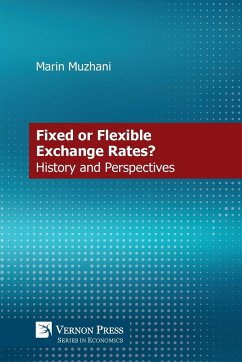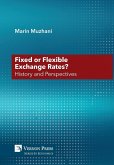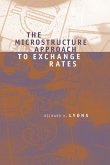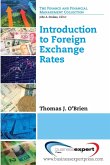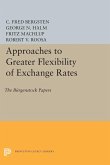This book compares and contrasts flexible versus fixed exchange rate regimes. Beginning with their theoretical justifications, it showcases their observed advantages and disadvantages as they played out in the currency crises of the 1990s and early 2000s across Asia, Europe and Latin America. An analysis of the drivers and implications of these crises singles out fast-paced liberalization and globalization as having played central roles. Moreover it sheds light on some of the factors contributing to the 2008 financial crisis and the key monetary events in its aftermath. An accessible, yet rigorous discussion, supported by extensive evidence, helps readers reach their own conclusions regarding the respective merits of alternative exchange rate systems.
Hinweis: Dieser Artikel kann nur an eine deutsche Lieferadresse ausgeliefert werden.
Hinweis: Dieser Artikel kann nur an eine deutsche Lieferadresse ausgeliefert werden.
